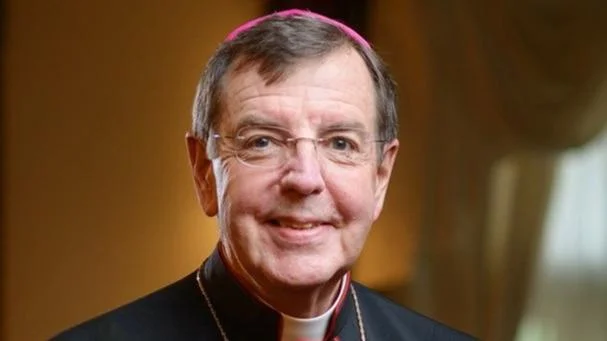
Rev. James D. Conley, D.D., S.T.L. | Diocese of Lincoln website
A recent Q&A session titled "Ask the Register: Lightning Round!" provided answers to several questions about Catholic practices and traditions. The session addressed a variety of topics, ranging from liturgical obligations to clerical attire.
One question asked if attending a wedding Mass after 4 p.m. on a Saturday fulfills the Sunday obligation. According to c. 1248 §1, “A person who assists at a Mass celebrated anywhere in a Catholic rite either on the feast day itself or in the evening of the preceding day satisfies the obligation of participating in the Mass.” Therefore, any Mass after 4 p.m., when evening begins according to Church standards, fulfills this obligation.
Another inquiry explored why Alleluia is not used during Lent. It was explained that Alleluia is "buried" for Lent as it is a penitential season. While joyfulness should not be abandoned, Lent encourages self-denial and discipline, reflected by omitting Alleluia and Gloria from liturgies.
The addition of an extra candle on the altar during a bishop's Mass was also discussed. The General Instruction for the Roman Missal recommends seven candles when a bishop celebrates Mass, invoking Revelation 4:5's image of seven lampstands and symbolizing completeness with the bishop representing priesthood fullness.
Regarding clerical dress, it was noted that priests have worn garments extending below the knee since at least 572 AD. Black cassocks became common due to their simplicity, with Pope Urban VIII standardizing them in 1624. Today, clerical attire varies but typically includes black suits and Roman collars outside liturgical functions.
The age of Jesus at his baptism was addressed through Luke 3:23, indicating He was about 30 years old when He began His public ministry with His baptism.
The tradition of kissing a bishop’s or pope’s ring as a sign of reverence stems from courtly customs and signifies respect for ecclesiastical authority rather than personal adulation. Though less common in the U.S., it remains prevalent elsewhere.
Lastly, non-Catholics can receive Catholic funerals under certain conditions per CIC c. 1183 §3 if local judgment permits and no contrary intention exists from their community or minister.





 Alerts Sign-up
Alerts Sign-up